F1 in America: The Grand Prix stars who tamed the Brickyard – and how F1 changed the Indy 500 forever

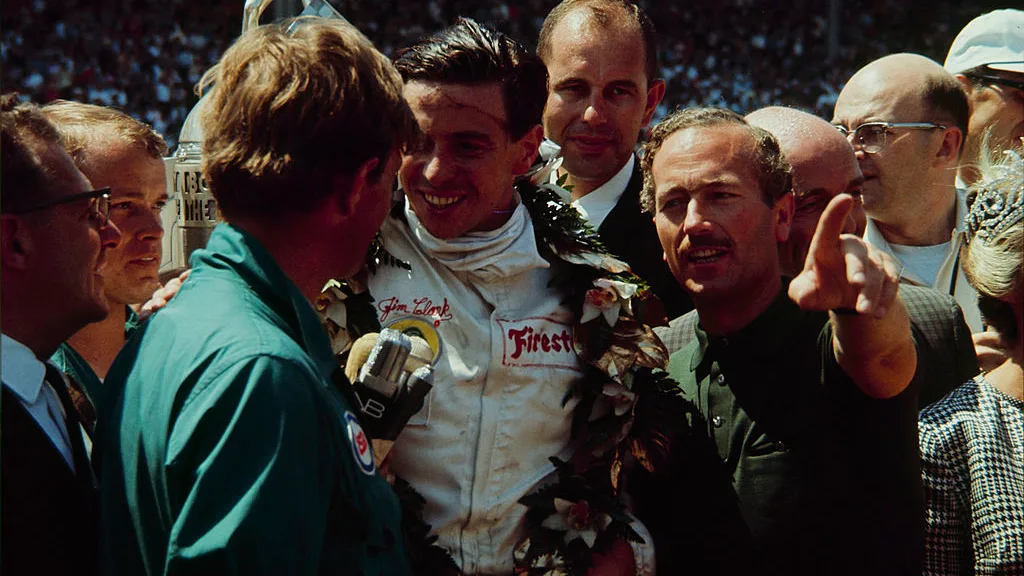
The 107th running of the famed Indianapolis 500 takes place this coming Sunday. Thirty three identical Dallara IR18s, powered either by Chevrolet or Honda engines, will compete for the victory over 200 laps.
To the casual observer they don’t look all that different to F1 cars. The mandatory Dallara chassis weighs in around 748 kg in Indy 500 trim and is powered by a 2.2-litre V6 turbocharged engine. Their F1 brethren are slightly lighter at 733 kg and produce 1000 to 1100 bhp from their 1.6-litre turbo-hybrid motors, which are supplied by Mercedes, Ferrari, Honda or Renault/Alpine.
Next Up
Related Articles
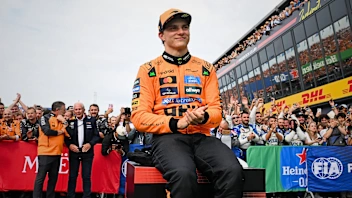 Hinchcliffe'History shows Piastri will be even better in 2026'
Hinchcliffe'History shows Piastri will be even better in 2026'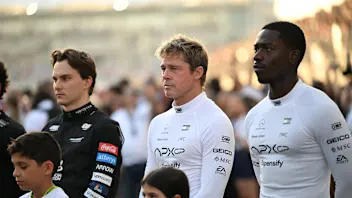 ExclusiveHow APXGP was brought to life by costume designer Julian Day
ExclusiveHow APXGP was brought to life by costume designer Julian Day.webp) Winners & Losers5 Winners and 5 Losers from the 2025 season
Winners & Losers5 Winners and 5 Losers from the 2025 season.webp) End Of Year Reports 2025Kick Sauber’s best and worst moments from 2025
End Of Year Reports 2025Kick Sauber’s best and worst moments from 2025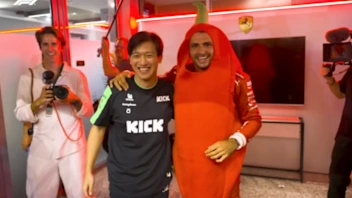 The best moments from F1 Secret Santa over the years
The best moments from F1 Secret Santa over the years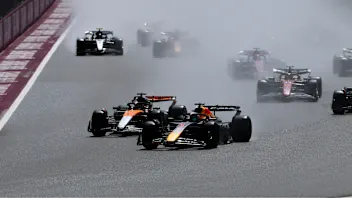 REVEALED: Your favourite race of the 2025 season
REVEALED: Your favourite race of the 2025 season
